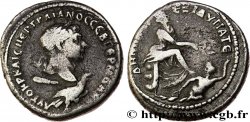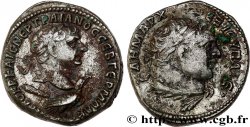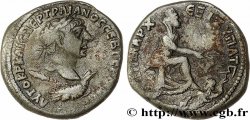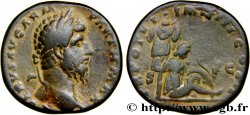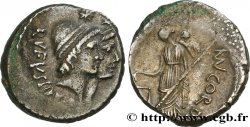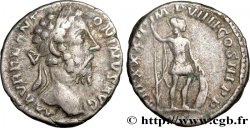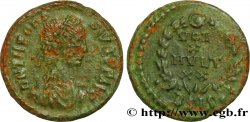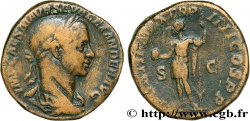E-auction 334-248970 - brm_548305 - TRAJANUS Sesterce
You must signin and be an approved bidder to bid, LOGIN TO BID. Accounts are subject to approval and the approval process takes place within 48 hours. Do not wait until the day a sale closes to register. Clicking on « bid » constitutes acceptance of the terms of use of cgb.fr private e-auctions.
Bids must be placed in whole Euro amounts only. The sale will start closing at the time stated on the item description; any bids received at the site after the closing time will not be executed. Transmission times may vary and bids could be rejected if you wait until the last second. For further information ckeck the E-auctions F.A.Q.
NO BUYER'S FEE.
NO BUYER'S FEE.
| Estimate : | 80 € |
| Price : | 12 € |
| Maximum bid : | 20 € |
| End of the sale : | 09 September 2019 14:21:30 |
| bidders : | 4 bidders |
Type : Sesterce
Date: 107
Mint name / Town : Roma
Metal : copper
Diameter : 33,5 mm
Orientation dies : 6 h.
Weight : 24,18 g.
Rarity : R1
Coments on the condition:
Monnaie centrée à l’usure importante qui reste toutefois identifiable. La monnaie a été nettoyée anciennement et commence à se repatiner
Obverse
Obverse legend : [IMP CAES NERVAE] TRAIANO AVG GER DA[C P M TR P COS V P P].
Obverse description : Buste lauré de Trajan à droite, drapé sur l’épaule gauche (O*2).
Obverse translation : “Imperatori Cæsari Nervæ Traiano Augusti Germanico Dacico Pontifico Maximo Tribuniciæ Potestate Consuli quinto Patri Patriæ”, (À l'empereur césar Nerva Trajan auguste germanique dacique, grand pontife revêtu de la puissance tribunitienne, consul pour la cinquième fois, père de la patrie).
Reverse
Reverse legend : [S P Q R OPTIMO PRIN]CIPI/ S C.
Reverse description : Trajan debout à gauche, tenant un foudre de la main droite et un sceptre long de la main gauche, couronné par la Victoire, tenant une palme de la main gauche et une couronne de la main droite.
Reverse translation : “Senatus Populus que Romanus Optimo Principi”, (Le Sénat et le Peuple romain, au meilleur des princes).
Commentary
Rubans de type 3. Exemplaire provenant d’une trouvaille ancienne.







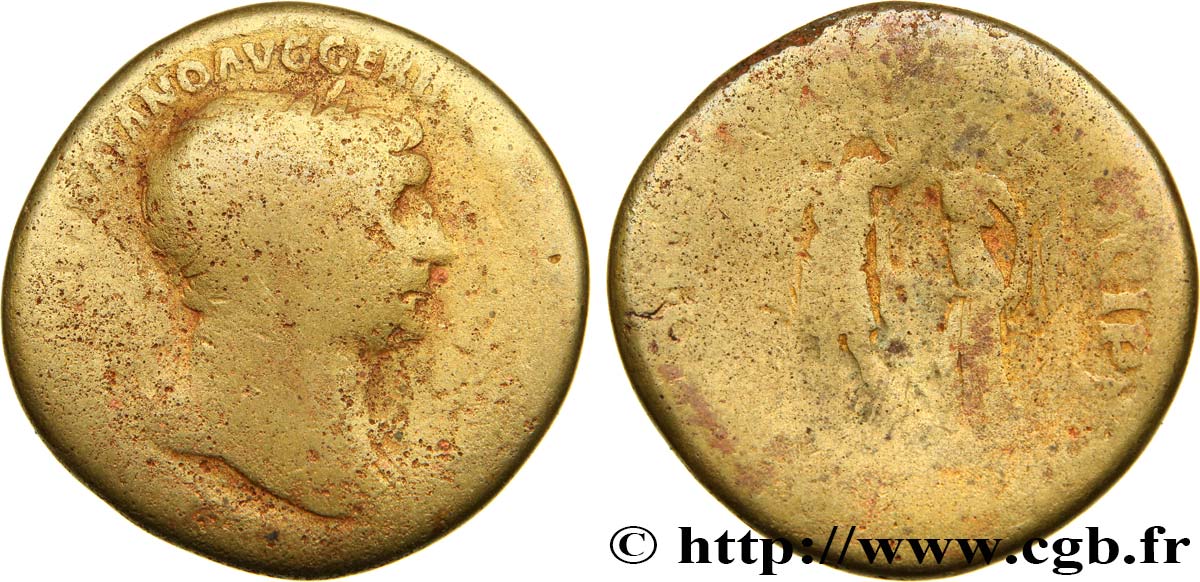
 Report a mistake
Report a mistake Print the page
Print the page Share my selection
Share my selection Ask a question
Ask a question Consign / sell
Consign / sell
 Full data
Full data